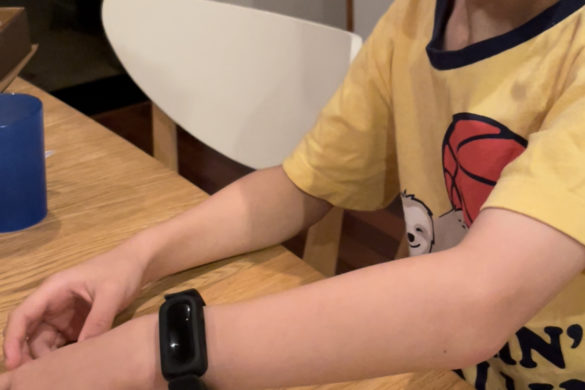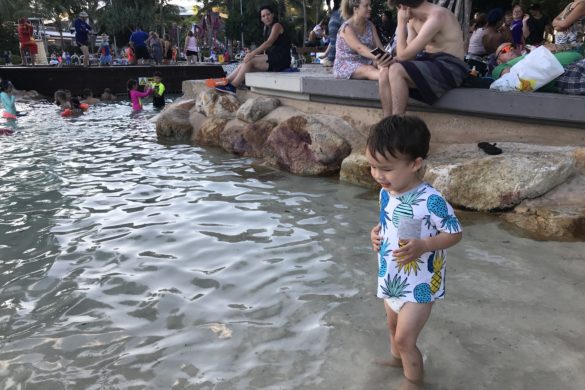There’s a common belief that babies are colour blind. I’m interested in the age kiddies learn to tell colours apart. A friend told me that her niece at age 3 said every colour was orange. It’s a developmental thing, websites on parenting will say.
My grandbaby Felix who’s 2 and I have fun “drawing”. He grabs the crayons and scrawls all over a page. There’s so much fun, and many collateral benefits! He learns autonomy because he selects the colours. He learns responsibility because when he breaks a crayon he says “brokin” and tries to fix it. It’s so sweet and he also starts to learn how to apologise. He also learns boundaries because I don’t allow him to draw on the walls or floors, just paper, and give him lots of it. He also learns a sense of legitimate achievement because I go “yay” when he selects and names his colours correctly. His parents started teaching him colours to test for colour blindness. So far, he can name red, green, black, white, grey, pink, purple, orange and yellow. Not so good with blue yet.
There’s a wealth of information stating that that learning colours early will help mental agility (see Geci, 2010 below). Toddlers are definitely not colour blind.
But let’s explore a deeper understanding of “colour blindness” – that children do not have prejudices based on colour of a person’s skin. These prejudices draw on social categorisation by stereotypes. Sometimes called “a sluggard’s best friend”, stereotypes are what we tend to rely on when mental capacity or motivation is low. However studies show that
whether one would activate the stereotypic knowledge or not, depends on their levels of prejudice: those who are high in prejudice are more likely to activate their stereotypic knowledge about a certain group without further examination [of the person’s individual information] … (Pertiwi, 2017).

This sort of information on social groups is acquired early in childhood. Pertiwi’s (2017) review of empirical studies on development of prejudice in childhood reveals that children begin to use social categories to describe different social groups from as young as 24 months. At 2 years, Isreali children can say the word “Arab” and vice versa. At around 5 years, negative associations of the word “Arab” and the converse begins to take hold. And I would suspect this extends to terms such as “black”, “white”, “Asian”, “Aboriginal”. In this sense, toddlers are sadly not colourblind.
Based on a number of other large research studies, Pertiwi finds that “prejudice levels toward minority groups increased between early (2-4 years) to middle childhood (5 to 7 years), but then remained unchanged or slightly decreased between middle and late childhood (8 to 10 years).” It appears that the more opportunities for inter (racial) group contact at early childhood, the less prejudice is formed. And it doesn’t take a rocket scientist or sociologist to tell us that the best way to counter prejudice is for your grandchild to have a friend from another social group!
Hmm, it leads me to ask what prejudices do you and I have? And will we pass them on to our grandbabies?
Sweet dreams to your grandbaby and mine,
Poh-Ling
P.S We had a great time with the activity room associated with the Yayoi Kusama exhibition at the Queensland Gallery of Modern Art. It closes soon!
References
Géci, Milan. “Categorical Generalization Of Basic Colors By Children” Studia Psychologica Vol. 52, Iss. 4, (2010): 301-307.
Pertisi, J. P, Buletin Psikologi Vol. 25, No. 1, 1 – 10 DOI: 10.22146/buletinpsikologi.26841











